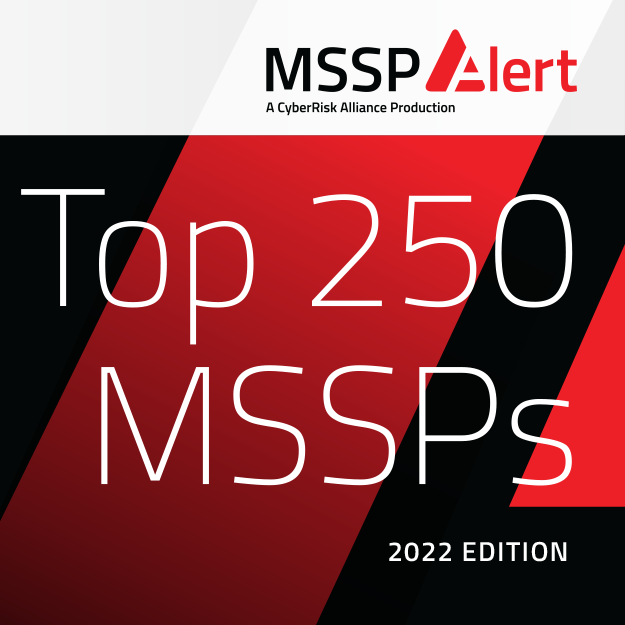Technology has had a tremendous impact on many aspects of our lives. One such field is healthcare, which has benefited immensely from computer applications in various ways. In this blog post, we’ll look at some of the technological challenges the healthcare industry has faced and how computer applications have helped improve healthcare. Stay tuned!
The Uses of Computers in Healthcare
Here are the most critical ways that computers are used in healthcare:
- Since medical records are often stored on computers, doctors can quickly get information about patients’ past and current health conditions.
- Computer software can complete medical billing and insurance claims more quickly and efficiently.
- Computers can be utilized to order and track drugs and medical supplies.
- Physicians can leverage computers to research illnesses and develop treatment plans.
- Computers can be used to create 3D models of organs, which can help surgeons plan surgeries.
- Many hospitals and clinics use computers to keep track of appointments and lab results.
- Some hospitals have even developed their computer applications to streamline specific processes.
- An e-prescribing software application, for example, can be used to write and send prescriptions electronically.
As you can see, computers are crucial in a wide range of healthcare practices. They have eased patients’ lives by providing quick and easy access to information. They have simplified doctors’ duties by allowing them to conduct research and track patients’ progress more efficiently.
In the next section, we’ll look at how computer applications are being used to improve healthcare in even more ways.
What are the Computer Applications Used in the Healthcare Industry?
The healthcare industry relies heavily on computer applications to provide high-quality care. For example, disease diagnosis often involves using software that compares a patient’s symptoms to a database of known diseases. This helps medical professionals to quickly and accurately identify the disease.
Similarly, image analysis is an essential tool in disease diagnosis and treatment. Computer software can process X-rays, 3D models, and MRI scans to identify abnormalities. Medical professionals then use this information to plan the best course of patient treatment.
In recent years, there has also been an increase in the use of wearable devices that collect data about a patient’s health. This data is then transmitted to a computer application for analysis. This information can be used to identify trends and make predictions about a patient’s health. Using computer applications in the medical industry is essential for providing high-quality care.
People have also become more interested in using computer applications to improve their health. Various apps and devices are now available that allow users to track their fitness, diet, and sleep. This information can be used to make lifestyle changes that improve overall health.
Various healthcare software types are available to streamline processes and improve patient care. These software applications can be used for multiple tasks, from scheduling appointments to keeping track of medical records. Many of these applications are designed specifically for the healthcare industry, while others are general-purpose applications that can be used in various industries.
The following section will look at a few examples of healthcare software applications, including medical equipment management software, hospital information systems, and electronic medical records software.
How Does Medical Equipment Management Software Provide Better Care to Patients?
In any medical facility, patient care is the top priority. Making sure that each patient receives the best possible care involves a lot of coordination and communication between medical staff members. Medical equipment management software helps to streamline this process by keeping all the relevant information in one place.
Patient files can be easily accessed, and hospital staff can see which medical devices are available and where they are located. In addition, the software often includes features such as automatic reminders for blood pressure checks and wound care. Medical database software allows medical personnel to spend less time tracking down information and more time providing patient care.
A healthcare provider’s job is to ensure that their patients receive the best possible care. To do this, they need quick and easy access to information. Medical equipment management software provides this access by keeping all the relevant information in one place. This way, health professionals can spend less time tracking information and more time providing care to their patients.
What are the Benefits of Telemedicine Software?
Telemedicine software enables medical professionals to provide care and consult with patients remotely. This software typically includes two-way video conferencing, telemetry data monitoring, and secure messaging.
Furthermore, healthcare providers can use telemedicine for various purposes, including conducting consultations, providing second opinions, and performing remote procedures. Additionally, healthcare providers can use telemedicine to monitor patients in intensive care units or post-operative recovery wards.
Telemedicine can also help to reduce wait times and improve patient satisfaction. Hospital administration can also use telemedicine software to save on costs, such as travel expenses for medical professionals.
In addition, telemedicine can improve the quality of care by enabling medical professionals to consult with experts in other fields. For example, a cardiologist can consult with a neurologist to make a diagnosis.
Last but not least, telemedicine software is typically easy to use and requires little maintenance. The field of medicine is constantly evolving, and telemedicine is becoming an increasingly important part of the healthcare industry.
The Importance of Computers in Health Care Professionals’ Decision-Making
In recent years, there has been an increased focus on the role of computers in health care. Healthcare professionals are now using computers to make procedures and surgeries more efficient and to make clinical decisions more accurate.
In addition, computers help manage day-to-day operations in medical fields such as hospitals and clinics. However, the most important use of computers in health care is decision-making. Computers can help healthcare professionals make informed decisions about treatment options and procedures by providing users with up-to-date information.
Moreover, computerized decision-support systems can provide clinics with recommendations for specific courses of action. As health care becomes increasingly complex, the use of computers in decision-making will become even more critical. Patient safety and quality of care are at stake, and computers can help to ensure that both are maintained at the highest levels.
In What Ways Do Electronic Health Records Improve Patient Care?
Electronic health records (EHRs) have revolutionized the medical field, making patient care more efficient and effective. One of the most significant advantages of EHRs is that anyone can access them from anywhere. Medical professionals can pull up a patient’s complete medical history from central medical databases, whether in the office or on the go.
EHRs also make tracking vital signs and other important health indicators easier. One can use this information to identify trends and target areas for improvement. An EHR can store a patient’s report on a medical cart and access it with just a few clicks. This can be especially important in emergencies when every second counts.
In addition, EHRs free up medical staff from having to perform administrative functions, such as data entry. This allows them to focus on providing direct patient care. EHRs can also help improve the quality of care by providing medical staff easy access to millions of patient records.
Health reports from different sources can be challenging to compare. However, standardizing data with EHRs makes it possible to quickly make comparisons. This helps medical professionals to make better-informed decisions about treatments and procedures.
Today, many people use mobile health-tracking apps to monitor their health. However, these apps are only sometimes accurate. In some cases, they may even provide false information. EHRs can help solve this problem by offering patients access to their real-time health data. One can use this information to make more informed decisions about their health.
EHRs are an essential tool for modern healthcare. By improving efficiency and accuracy, EHRs help to ensure that patients receive the best possible care. With so many benefits, it’s no wonder that EHRs are becoming increasingly popular among medical professionals and patients.
Conclusion
Computer application in healthcare is booming, and it has played a vital role in providing better healthcare services. Using computers for various administrative tasks such as electronic billing, insurance processing, and data management has helped hospitals run smoothly and efficiently.
In addition, using electronic health records (EHRs) has revolutionized how doctors provide care to their patients. With EHRs, doctors can access their patient’s medical history from any location, which helps them make better decisions about their treatment.
Thus, it is evident that computer application in healthcare has made tremendous contributions to this field, and it is likely to play an even more critical role in the future.













